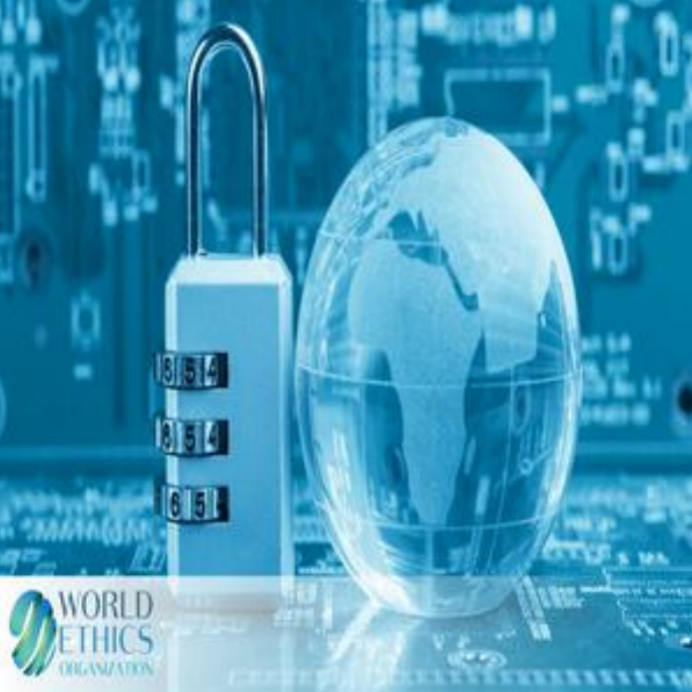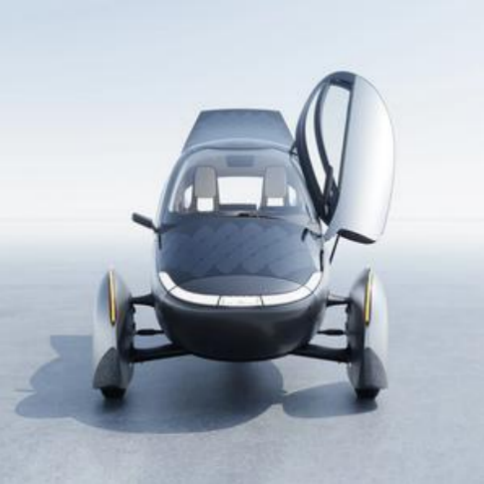Which Electric Vehicle Brand Reigns Supreme in Autopilot?
In the world of high-end electric cars, smart driving features have shifted from being a mere novelty to a crucial element for affluent buyers looking for safety, ease of use, and advanced technology. Let's take a closer look at how the leading companies compare.
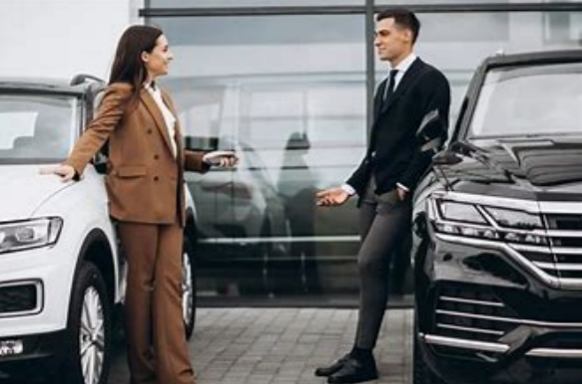
Tesla: The Innovator’s Double - Edged Sword
Tesla’s Autopilot and Full Self-Driving (FSD) signify a major change, using a system based purely on eight cameras and advanced neural networks. One of its features, Navigate on Autopilot, performs highway lane changes and exits smoothly, resembling human decision-making. Through over-the-air updates, Tesla continually enhances the software, with the latest version showing improved detection of unusual road signs in rural areas.
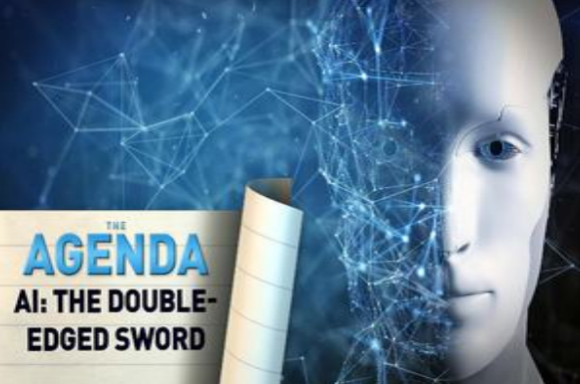
Nevertheless, this reliance on cameras has its limitations. In dim lighting or during sandstorms, the system can mistake white trucks for clouds, a problem noted in various safety reports. Additionally, Tesla’s strong promotion of “Full Self-Driving” has caused some users to depend on it too much, despite its classification as a Level 2+ driver-assist system.
NIO: Sensor Fusion Redefined
The Sensing System consists of 33 sensors, which feature a 1550nm LiDAR that can detect objects from up to 500 meters away. This long-range LiDAR allows NIO vehicles to recognize sudden stops from as far as half a kilometer, providing an essential benefit for highway driving. Additionally, the system’s “Guardian” mode utilizes millimeter-wave radar to identify pedestrians in blind spots, activating both sound alerts and vibrations in the seats.NIO is also making strides in enhancing user experience. The NIO Pilot Assist has the capability to learn a driver’s preferred distance while following and their braking habits, allowing it to adapt to personal driving styles. Owners in Shanghai’s intricate elevated road systems have noted a 40% decrease in driving fatigue, thanks to these customized features.
Xpeng: Urban Jungle Expert
Xpeng’s XNGP stands out in urban areas, utilizing precise high-definition maps that maintain centimeter accuracy. In the busy streets of Guangzhou, the system skillfully maneuvers through intricate roundabouts, detecting lane markings as well as unmarked paths that locals frequently use. With its innovative “predictive overtaking” algorithm, it forecasts the movements of cyclists up to 10 seconds ahead of time.
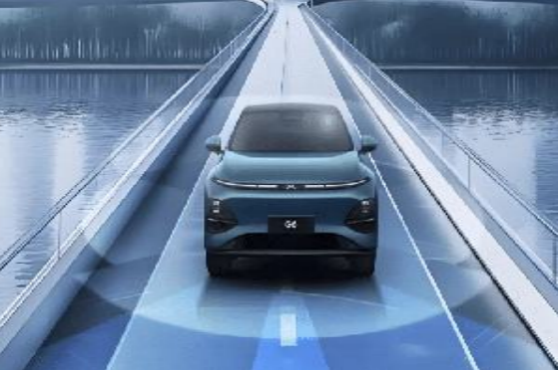
The collaboration of Xpeng’s hardware and software is impressive. The XNet neural network swiftly analyzes data from 31 sensors in less than 100 milliseconds, allowing for quick reactions when approaching yellow lights. Furthermore, the “Memory Parking” feature can recall a route of one kilometer to a designated parking space, which is particularly useful for upscale residential areas with limited parking options.
Huawei - AITO: The Tech Giant’s Play
Huawei’s ADS 2.0 provides AITO vehicles with a computing platform that boasts 400 TOPS, which is 200 times stronger than conventional systems. This capability allows for the real-time processing of camera feeds with 8 million pixels. In the mountainous areas of Chongqing, ADS 2.0 modifies power output by detecting gradients, enhancing both safety and vehicle range.The integration of HarmonyOS fosters a seamless ecosystem. When the smart driving system senses rain, it automatically shuts the windows, turns on the windshield wipers, and dims the lights on the dashboard. Additionally, Huawei’s collaboration with ZF Friedrichshafen introduces advanced predictive suspension technology that adjusts damping based on road scans from up to 15 meters away.
The Verdict: Fit Over Fame
For affluent buyers, selecting a smart driving system depends on matching it to their lifestyle. Tesla appeals to tech fans who are okay with occasional issues in exchange for ongoing advancements. NIO attracts those who prioritize personalized comfort and safety over long distances. Xpeng is perfect for city residents dealing with intricate urban environments, while cars with Huawei technology provide a cohesive tech environment for gadget owners.Instead of pursuing the “best” system, thoughtful consumers should experience these features through test drives that reflect their everyday situations. Ultimately, true luxury is not just about technological might; it’s about a system that naturally improves the driving experience.
(Writer:Matti)


